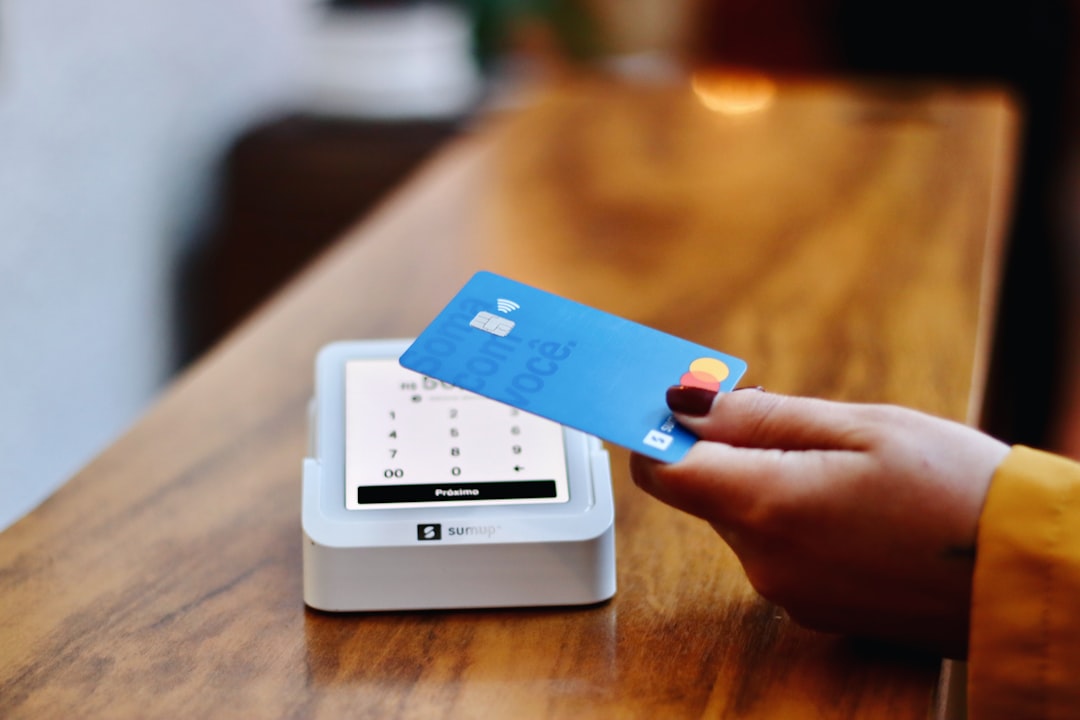
5 Smart Spending Habits That Will Transform Your Finances

Making smart spending decisions isn't just about saying "no" to purchases — it's about developing sustainable habits that align with your financial goals and values. In a world of endless consumer choices and sophisticated marketing tactics, the ability to spend intentionally has become a crucial life skill.
The difference between people who struggle financially and those who thrive often comes down to their daily spending habits. Small, consistent choices compound over time to create dramatically different financial outcomes. By implementing these five evidence-based strategies, you'll develop the mindset and systems needed to make money decisions that support your long-term prosperity.
Habit 1: The Strategic Pause Before Purchase

The most powerful tool in your financial arsenal isn't a complex investment strategy or sophisticated budgeting software — it's the simple act of pausing before you buy. This habit alone can reduce impulse purchases by up to 50% and dramatically improve the quality of your financial decisions.
When we see something we want, our brain's emotional center activates before our rational mind has a chance to engage. Creating a deliberate pause allows your rational brain to catch up and evaluate the decision objectively.
Key Questions to Ask Yourself
Habit 2: Comprehensive Expense Tracking and Analysis
You can't manage what you don't measure. Tracking every expense provides the foundation for all other smart spending habits. This isn't about restriction; it's about awareness and intentionality.
Smart spenders go beyond basic tracking by categorizing expenses to reveal patterns and opportunities for optimization. Use the enhanced framework of 40-50% for fixed necessities, 10-15% for variable necessities, 15-25% for lifestyle choices, and 20-25% for your financial future.
Schedule a weekly "financial power hour" to review all transactions, categorize expenses, identify surprises, and plan for the upcoming week. Track seasonal spending patterns and note your emotional state when making purchases to understand your triggers.
Use BuyBye's AI-powered categorization to automatically sort and analyze your spending patterns, making this process effortless while providing deep insights into your financial habits.
Habit 3: The Pre-Purchase Investigation Protocol

Smart spenders don't just avoid bad purchases — they optimize good ones. Developing a systematic approach to evaluating potential purchases ensures you get the best value and avoid buyer's remorse.
Before any purchase over $25, work through a comprehensive evaluation. Distinguish between needs (solving genuine problems) and wants (providing pleasure or status). Assess alternatives like borrowing, renting, or buying used items.
Research Strategies:
- Use price comparison tools and browser extensions
- Read both positive and negative reviews carefully
- Check professional reviews and testing when available
- Ask friends and family about their experiences
- Consider total cost of ownership including maintenance
Always evaluate the opportunity cost by asking what else you could do with the money and how the purchase aligns with your current financial goals.
Habit 4: Automated Financial Systems and Safeguards

The most successful spenders remove emotion and effort from their financial decisions by creating automated systems that align their money with their priorities. Automation ensures your financial goals are funded first, before discretionary spending can interfere.
Implement the "pay yourself first" principle by automatically directing money toward emergency funds, retirement savings, and debt payoff before any spending decisions occur. Set up separate accounts for different purposes: checking for monthly expenses, high-yield savings for emergency funds, investment accounts for long-term wealth building, and a fun money account for guilt-free discretionary spending.
Smart Automation Strategy:
- Emergency fund: Automatic weekly transfers of $25-100
- Retirement: Maximize employer 401(k) matching and set up automatic IRA contributions
- Debt payoff: Automate minimum payments plus extra payments toward priority debt
- Bills: Schedule all fixed payments for 2-3 days after payday
Use technology to your advantage with budget apps, spending alerts, and automated investment contributions. This removes the emotional component from financial decisions and ensures consistency.
Habit 5: Regular Financial Review and Optimization

Smart spending requires regular review and adjustment as your life circumstances, goals, and priorities evolve. This habit ensures your spending patterns continue to serve your best interests over time.
Schedule monthly "money dates" to review spending patterns, analyze progress toward goals, and evaluate which habits are working well. Look for subscriptions you no longer value and identify emotional triggers that still lead to unnecessary purchases.
Conduct quarterly optimization sessions to audit all subscriptions and services, shop for better rates on insurance and contracts, and rebalance your investment portfolio. Annual planning sessions should include comprehensive goal setting, income optimization reviews, and risk assessment updates.
This regular maintenance ensures your financial systems evolve with your life and continue supporting your long-term prosperity.
Creating Your Smart Spending Transformation Plan

Implementing all five habits at once can feel overwhelming. Instead, focus on building one habit at a time, allowing each to become automatic before adding the next.
Start with mastering the pause technique in week one, then add comprehensive tracking in week two. Develop investigation skills in week three and build automation systems in week four. Link new spending habits to existing routines to increase the likelihood they'll stick.
Track your progress with both quantitative metrics (impulse purchase frequency, savings rate, debt reduction) and qualitative improvements (reduced financial stress, increased confidence, better purchase satisfaction).
Remember that small improvements in spending behavior compound over time to create dramatically different financial outcomes. A simple decision to make coffee at home instead of buying it daily can result in $25,200 invested over 10 years.
Conclusion: Your Smart Spending Journey
Transforming your financial life doesn't require dramatic sacrifices or complex strategies. It starts with five simple habits that, when practiced consistently, create profound changes in your relationship with money and your financial outcomes.
Smart spending isn't about deprivation — it's about optimization. It's about making sure every dollar you spend serves your best interests and supports the life you truly want to build. The habits outlined in this guide have helped thousands of people transform their financial lives.
Ready to transform your spending habits? Try BuyBye's AI-powered analysis tools to get personalized insights and support for making smarter financial decisions. Our technology helps you implement these habits more effectively by providing real-time analysis, identifying your unique patterns, and keeping you accountable to your financial goals.
Start small, think big, and watch as these five habits transform not just your finances, but your entire relationship with money. Your journey to financial wellness begins with a single, intentional spending decision.


